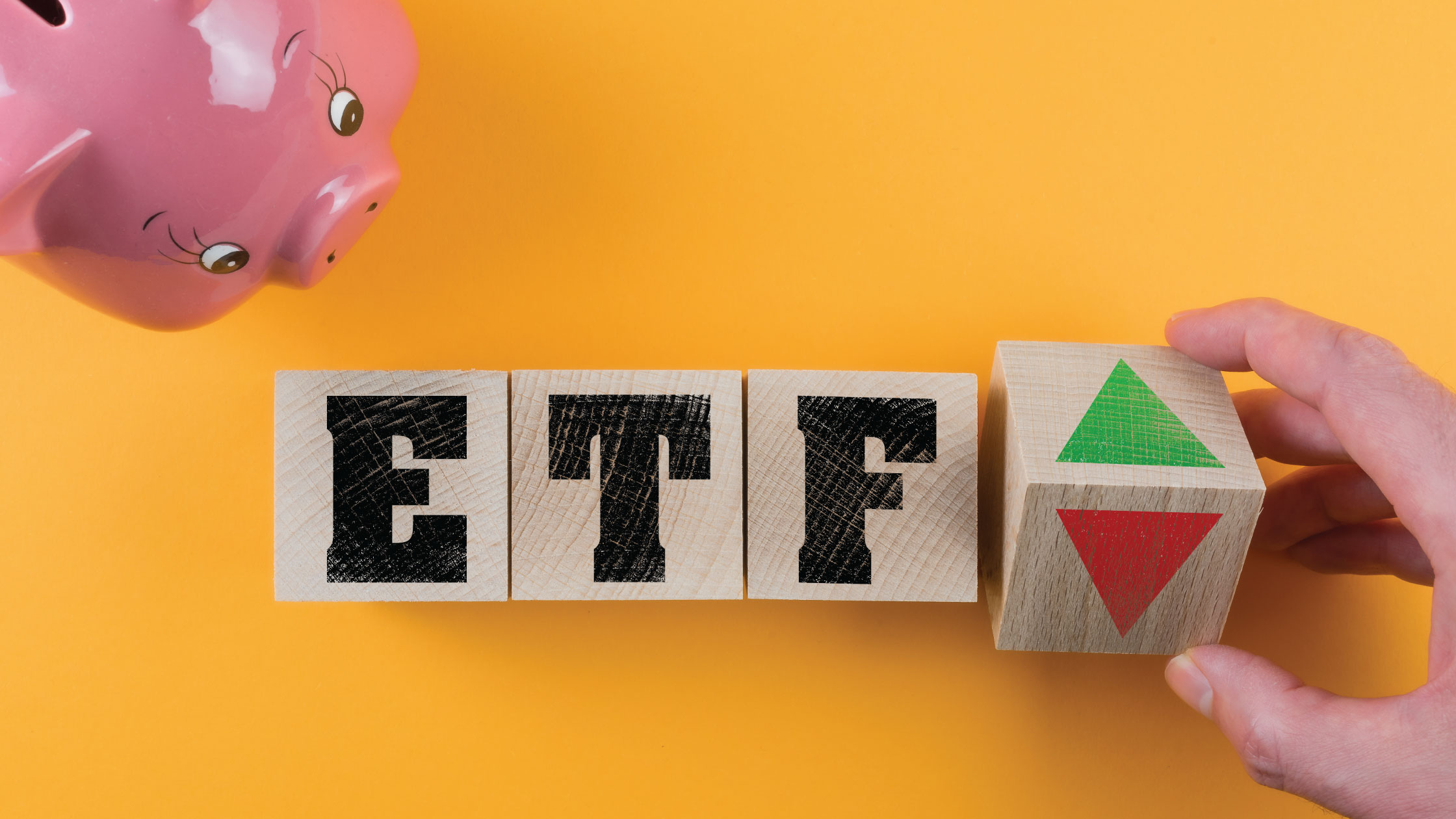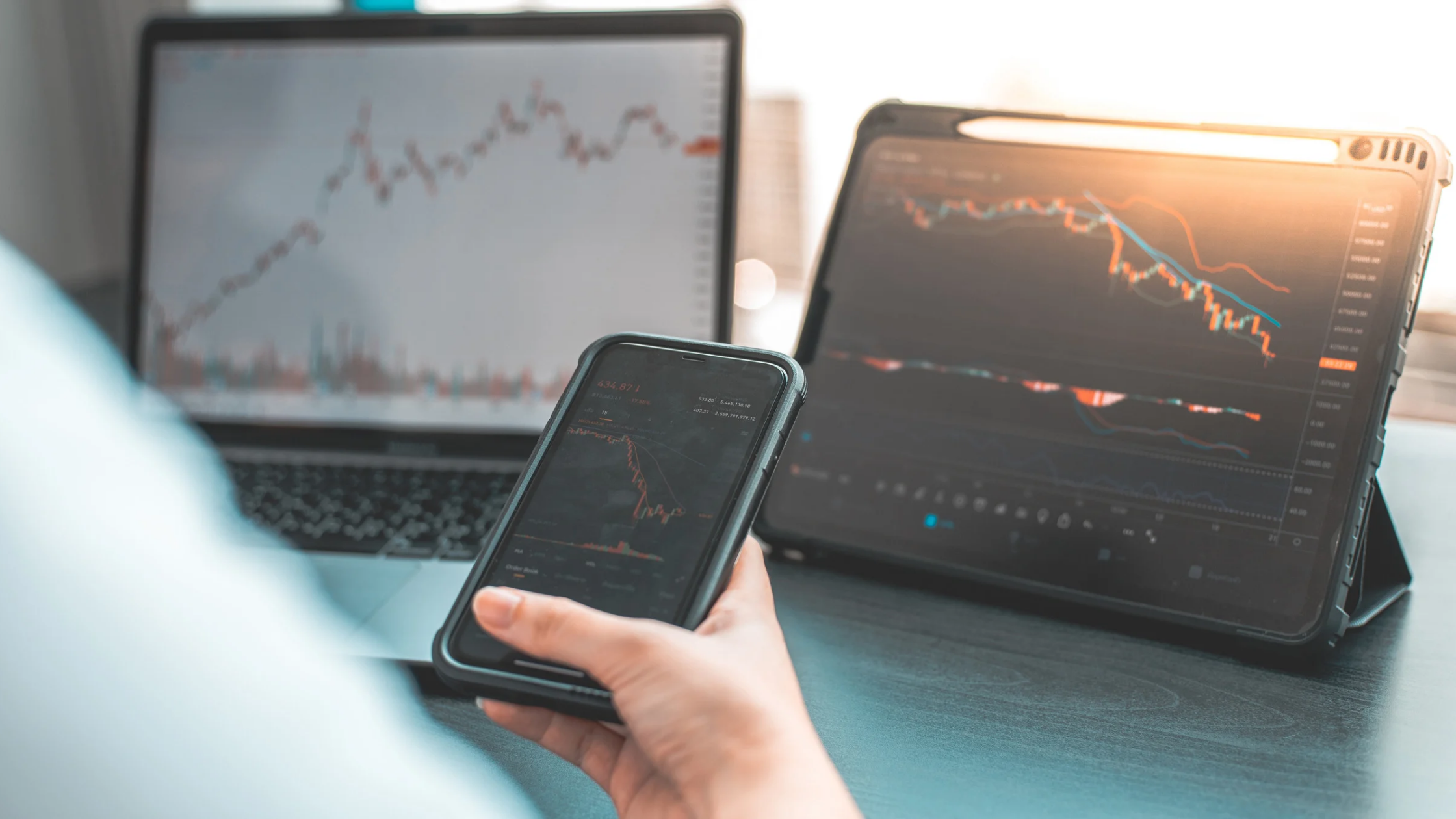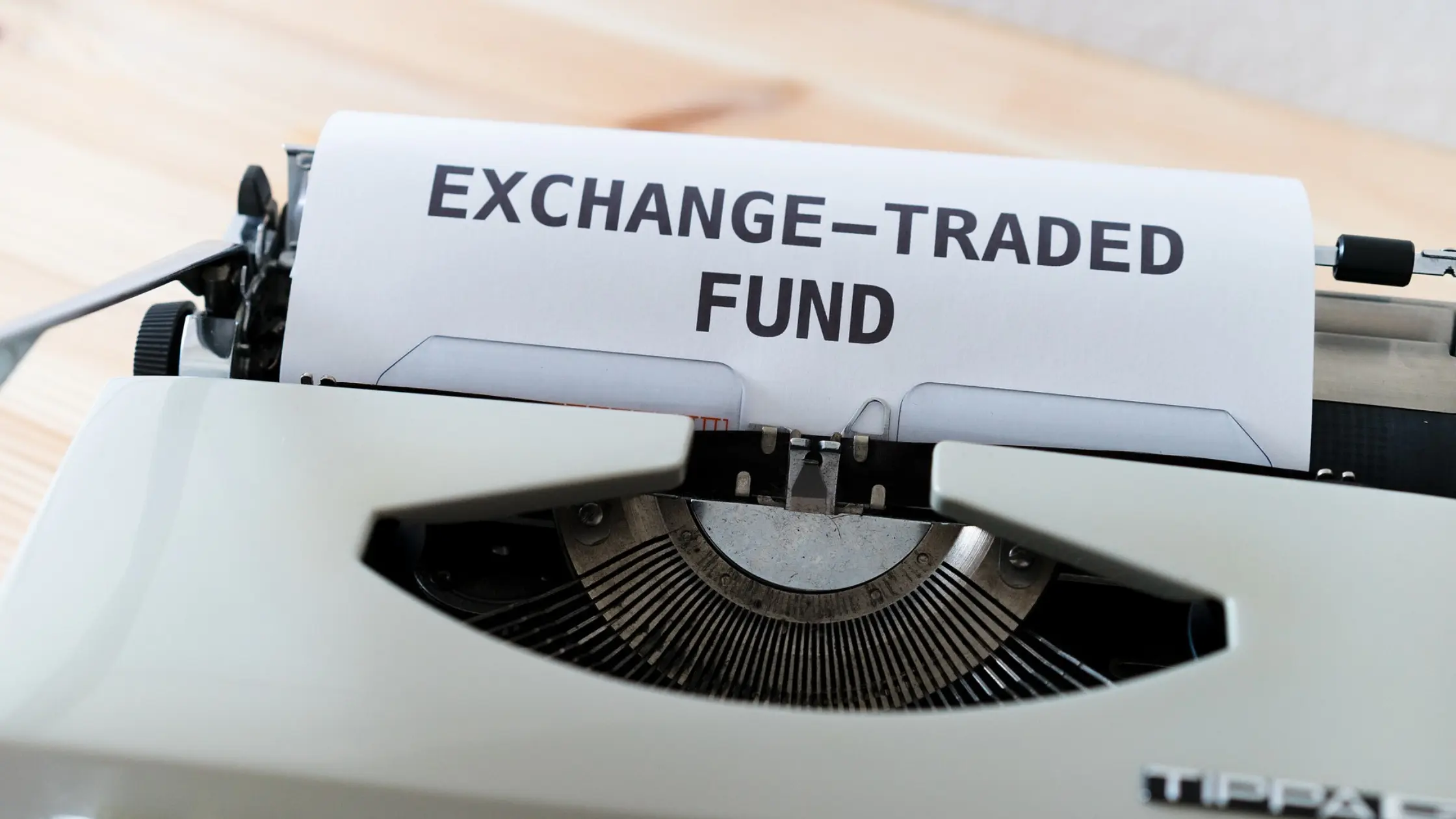Exchange-traded funds (ETFs) are a great instrument for investors to get instant diversification.
When I first started writing the ETF Series, I talked about why investors should consider buying ETFs for their portfolio.
While I think that ETFs can be great investment vehicle for small and large investors alike, there are also some risks that investor needs to pay attention before jumping into the world of ETFs.
1) Market risk
I think that the single biggest risk associated with ETFs is market risk. While the stock market has, in general, outperformed other assets over the last decade, a bear market would lead to a sharp decline in your investment value.
Since ETFs are typically a basket of stocks that track the price movements of a particular index, your investments will react to it as well.
2) Volatility
While ETFs are lauded for the diversification they offer to investors, it is not immune to volatility. The potential of large swings, however, depends on the fund.
An ETF that tracks a broad market index, such as the S&P 500 Index, is likely to be less volatile than an ETF that tracks a specific industry or sector.
3) Liquidity
An ETF’s liquidity is determined by the liquidity of the underlying securities. If an ETF is thinly traded, investors will face problems getting out of the investment, depending on the size of the exposure relative to the average trading volume.
One way to look at the liquidity of an ETF is to study the spread between the bid and ask prices, and the market movements over a few weeks. The key rule is to ensure that the ETF you are buying into does not have large spreads.
4) Tracking error
In general, ETFs that track an index will deliver the same returns as the index. However, there will usually be some divergence due to the tracking error.
Tracking error is the difference between the return an investor receives and that of the benchmark the ETF is attempting to replicate.
Most of the time, fees are the main factor for the difference. One way to reduce this risk is by looking at the “expense ratio” (or fees) of the ETF.
5) ETF premium/discount to underlying value
The price of an ETF can sometimes be different from that ETF’s underlying value. Because ETFs trade on an exchange, investors are exposed to market forces when trading.
It is possible that prices could diverge from the underlying assets’ value.
6) Shutdown risk
While ETFs are popular, there are also those that are neglected by investors. Every year, about 100 of these ETFs shut down.
While this does not mean the end of the world for investors, there are usually transaction costs, uneven tracking and other costs involved during this period.
I would recommend investors sell out of an ETF once it announces that it’s closing.
7) Trading fees
Like any stock, you can buy and sell ETFs during market hours. You can also enter advanced orders on purchases, such as limits and stops.
However, this comes with a cost and it can vary depending on the spread, which varies. Spreads can vary over time as well, being small one day and wide the next.
Depending on how often you trade an ETF, trading fees can quickly add up and reduce your investment’s performance.
Bottom line: Understand investment risks
With a better understanding of the risks associated with ETFs, I hope that you can make better investment decisions.
ETFs have rightly gained in popularity and, in most cases, I think it is well deserved. But like all investment vehicles, there are risks.
Knowing these risks will help you to avoid some of the investment mistakes and ensure you make better investment decisions that align with your financial goals.









